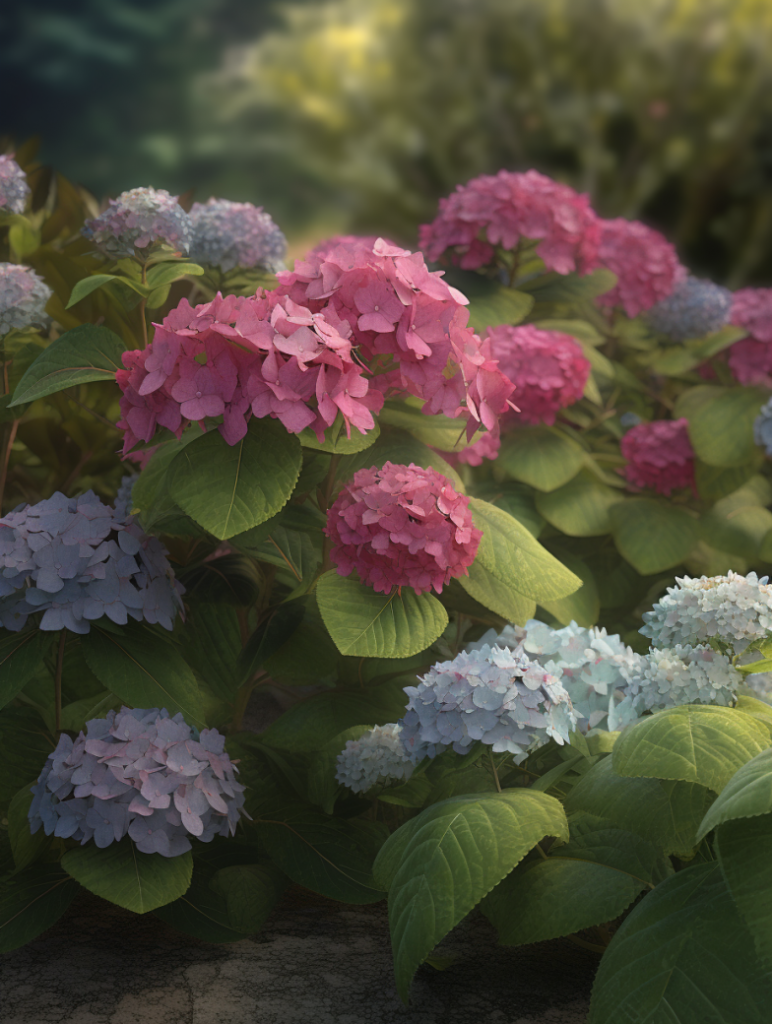
Brighten up your garden or indoor space with these stunning flowers that thrive in low-light conditions. Whether you have a shady corner in your yard or a dimly lit room, these blooms will add vibrant color and life without requiring direct sunlight.
Why Choose Shade-Loving Flowers?
Shade-loving flowers are perfect for areas that don’t receive much sunlight. They can transform dim corners into lush, colorful oases, making your garden or indoor space more inviting and beautiful. These flowers are also low-maintenance, requiring less water and care than their sun-loving counterparts.
Top Shade-Loving Flowers
1. Bleeding Heart (Lamprocapnos spectabilis)
The bleeding heart is a hardy shade perennial that develops graceful, arching branches of heart-shaped flowers with a tiny teardrop at the base of each bloom. This plant is perfect for adding a touch of elegance and romance to your shady garden spots 8.

2. Coral Bells (Heuchera spp.)
Coral bells offer colorful foliage in shades of red, bronze, green, plum, or chartreuse, brightening up any shady spot. Some varieties also produce showy wands of pink, white, or red bell-like flowers that bloom from late spring to early summer 8.

3. Leopard’s Bane (Doronicum orientale)
Leopard’s bane is one of the earliest flowering perennials, shooting up bright yellow daisy-like flowers just as spring begins. It makes a wonderful companion for spring-flowering bulbs like scilla, daffodil, and tulip 8.

4. Hydrangeas
Hydrangeas deliver bountiful blooms in spring and summer, with some pretty fall foliage to boot. They thrive in partial shade and require minimal care, making them a great choice for shady gardens 9.

5. Begonias
Begonias add vibrancy to container gardens placed in shady spots. They come in a range of hues and can be stored in a dry spot over winter to be replanted the following year 9.

6. Coleus
Coleus plants are known for their flashy foliage in rich reds, greens, purples, yellows, and oranges. They add incredible depth and variety to shady beds and are perfect for standing out among other garden plants 9.

7. Lily of the Valley (Convallaria majalis)
Lily of the valley has delicate bell-shaped flowers that can spread throughout a shaded area, providing low-maintenance ground cover. However, it is highly poisonous, so avoid planting it if you have pets or young children 9.

8. Violas
Violas have heart-shaped and scalloped-shaped leaves with five-petaled flowers in various colors. They bloom best in cooler temperatures and can add a pop of color to your garden even in the shade 10.

9. Primrose
Primrose plants are easy to grow and typically begin to bloom in spring, continuing throughout the summer. They don’t require much attention or special care, making them a great choice for shady gardens 10.

10. Fuchsia
Fuchsia thrives in partial to full shade and blooms all summer long. Its curious design attracts pollinators like hummingbirds, adding both beauty and life to your garden 10.

11. Lungwort (Pulmonaria spp.)
Lungwort spreads steadily but not invasively and blooms early in the spring. Its bell- or funnel-shaped flowers grow in clusters, adding a touch of color to shady areas 11.

12. Wishbone (Torenia fournieri)
Wishbone flowers are annuals that bloom from early summer until the first frost. They have trumpet-shaped blooms and don’t need much sun to thrive, making them perfect for shady gardens 11.

13. Chinese Evergreen
Chinese evergreen plants are easy to grow and produce flowers similar to calla lilies. They are great for indoor spaces with low light and add a touch of green to any room 12.

14. Spider Plants
Spider plants can produce small white flowers and thrive in bright, indirect sunlight. They are perfect for hanging baskets or as tabletop plants in shady indoor spaces 12.

15. Peacock Plant
The peacock plant prefers indirect light and can add a nice green splash to your desk or table. Its unique aesthetic makes it a great choice for low-light indoor environments 12.

16. Staghorn Ferns
Staghorn ferns are extravagant plants that thrive in bright, indirect or filtered light. They are perfect for adding a unique touch to shady indoor or outdoor spaces 12.

Tips for Growing Shade-Loving Flowers
- Choose the Right Location: Place your shade-loving flowers in areas that receive filtered or indirect light. Avoid direct sunlight, especially during the hottest parts of the day.
- Water Regularly: Most shade-loving flowers prefer evenly moist soil. Water them regularly, but avoid overwatering, which can lead to root rot.
- Use Well-Draining Soil: Ensure your plants are in well-draining soil to prevent waterlogging. Adding compost can improve soil quality and drainage.
- Mulch: Apply a layer of mulch around your plants to retain moisture and suppress weeds. This is especially important for outdoor shade gardens.
- Fertilize: Use a balanced fertilizer to provide essential nutrients to your shade-loving flowers. Follow the instructions on the fertilizer package for the best results.
Conclusion
These shade-loving flowers are perfect for brightening up dim corners and shady spots in your garden or indoor space. With their vibrant colors and low-maintenance requirements, they are an excellent choice for anyone looking to add beauty and life to areas that don’t receive much sunlight. So, go ahead and transform your shady spaces into lush, colorful oases with these stunning blooms!